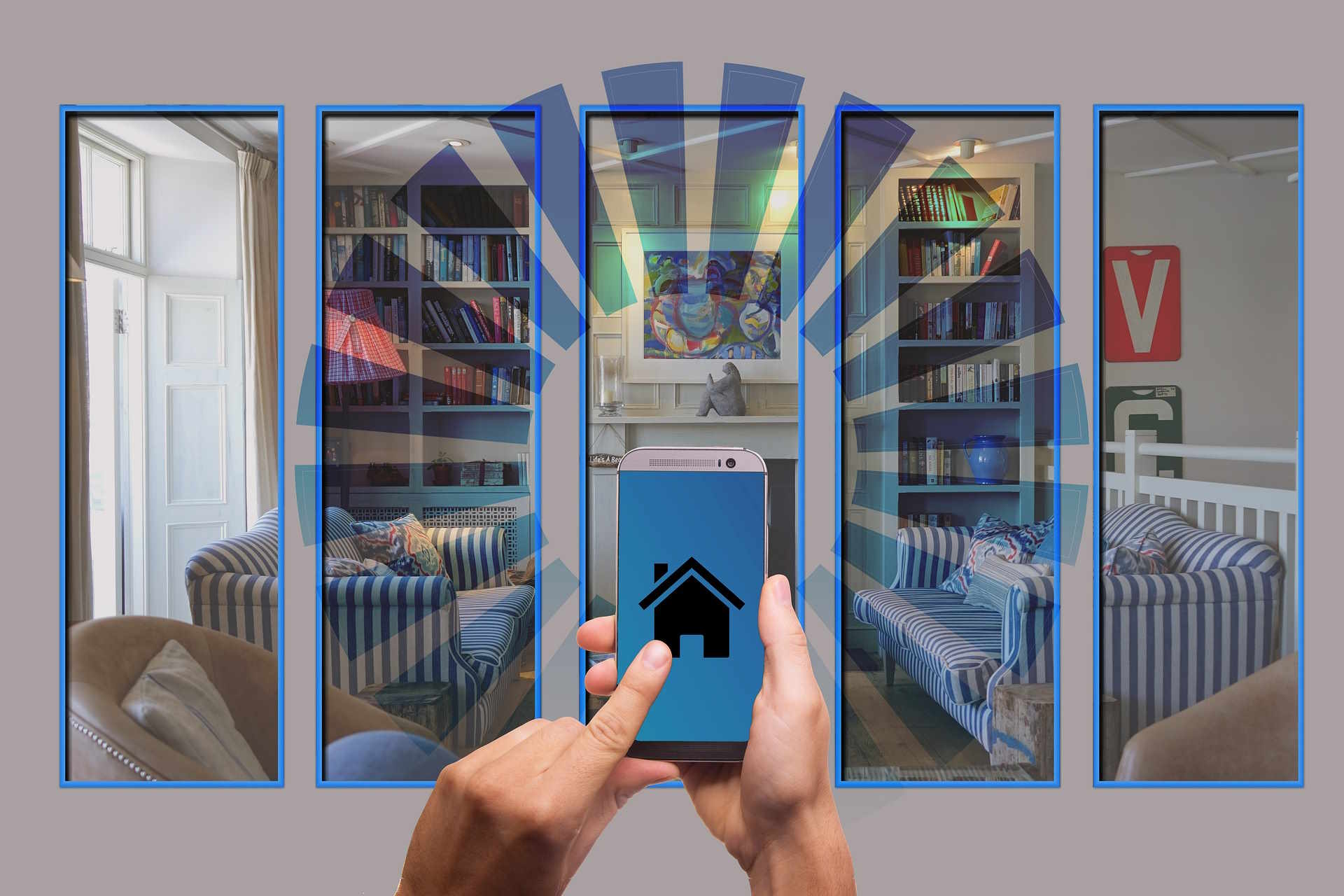Exploring the Potential of Electrochromic Technology — Window into the Future of Smart Homes
Electrochromic technology is gently revolutionizing our views on our once-static windows. Let's delve into this invisible tech, its history, emerging advancements, and the potential effects it will have on our everyday lives.

Drawing Back the Curtains: The Journey of Electrochromic Tech
Our story starts in the 1700s when the first electrochromic phenomena were observed. However, it wasn’t until the 20th century that scientists managed to harness this technology. In 1969, Stanford University researchers observed, and were able to control, the coloring process in electrodes submerged in a liquid electrolyte.
Fast-Forward to the Future: Electrochromic Windows
Today’s electrochromic windows are a far cry from those early liquid electrodes. With just a flip of a switch or a tap on a smart device, these smart windows can control comfortable lighting levels, increasing our homes’ energy efficiency and reducing glare and heat. No curtains or blinds necessary, just a quick change of electrons.
Unveiling the Present: Current Market Trends
Currently, the global electrochromic glass market stands at around $2.1 billion, projected to hit $6.22 billion by 2026, catalyzed by the increasing demand for energy-efficient electronics. As we move towards a future of net-zero carbon footprints, electrochromic tech may be a significant player in our energy conservation efforts.
Stained by Cost: The Price Tag of Electrochromic Windows
One of the most significant hurdles of electrochromic glass is its cost. These swanky windows can range from $50 to $100 per square foot, making them considerably more expensive than regular glass. For an average American home, that could translate to a hefty $20,000 to $40,000 investment.
A Bright Future: What is Next for Electrochromic Glass?
While the cost may currently be high, the potential savings on energy bills, combined with upcoming technological advancements, mean electrochromic windows may soon be within reach for the average homeowner. And, as our tech becomes more interactive, invisible technologies like these will help to create seamless smart homes more attuned to our needs.
From scientific marvel to wonderous windows, electrochromic technology is quietly yet steadily transforming our living spaces. It is another testament to the invisible revolution of technology, and surely, as advancements continue, our everyday objects will become even more intelligent and interactive. With windows serving as a conduit to the environment outside, a revolution in their technology is indeed a window into our future.




